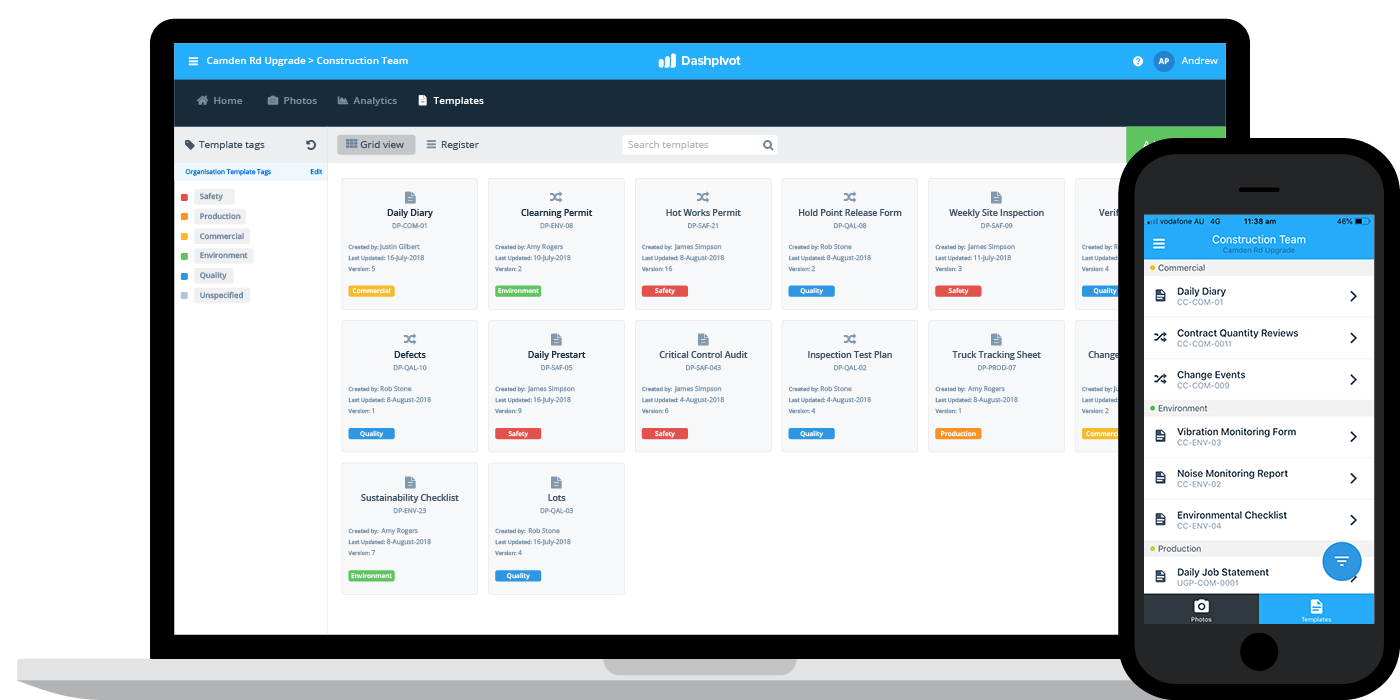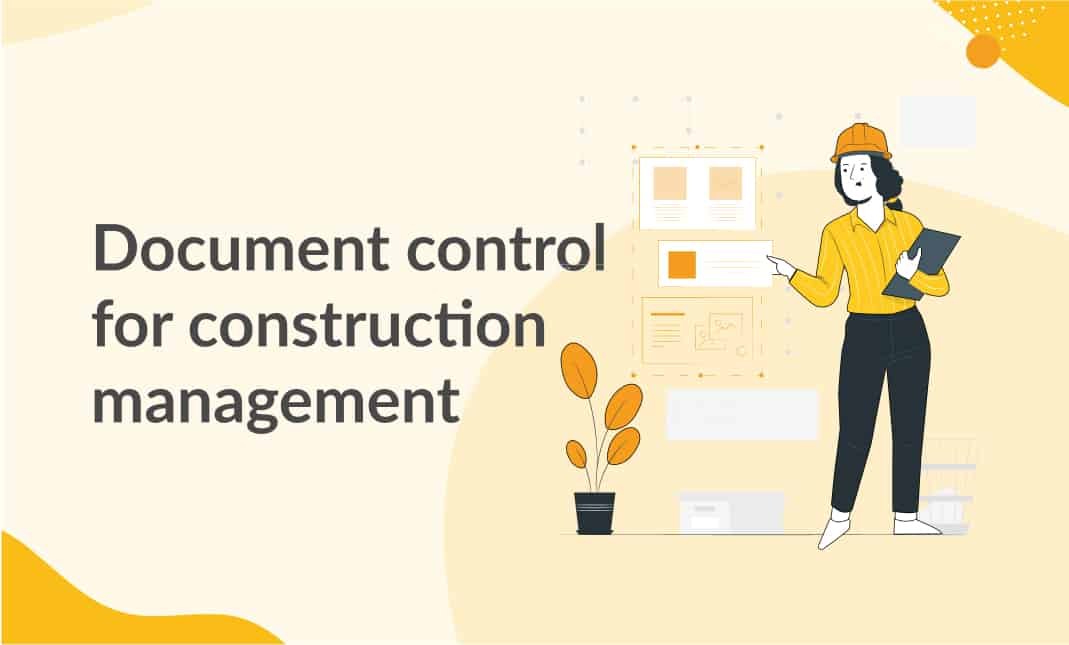Improve Your Operations: Construction Document Management Made Easy
Improve Your Operations: Construction Document Management Made Easy
Blog Article
Enhancing Process Effectiveness: Architect's Specialist Approaches for Construction Document Administration
In the realm of architectural layout and construction, the thorough management of files stands as a foundation for job success. These strategies not only make sure smooth project progression yet also hold the essential to unlocking boosted performance and precision in the elaborate world of building record administration.
Secret File Organization Methods
When managing construction records, among the key techniques that engineers employ is establishing a effective and methodical company system. This system generally involves classifying files based upon their type, such as drawings, specs, contracts, and allows. By creating clear and distinctive groups, engineers can quickly locate details information when needed, saving time and reducing mistakes in the construction procedure.
Within each group, architects further arrange files by developing subfolders or making use of numbering systems to signify variations or revisions (construction document management). This ordered structure makes certain that one of the most current and appropriate details is conveniently available while keeping a record of adjustments made throughout the job timeline
Furthermore, engineers typically use digital file management platforms that supply attributes like keyword search features, variation control, and accessibility limitations to improve organization and collaboration amongst job stakeholders. These devices streamline the record retrieval procedure, promote real-time updates, and facilitate seamless communication, ultimately adding to the general success of the building job.
Collaborative Platform Combination
To optimize file management performance in building and construction tasks, designers effortlessly incorporate collective systems to enhance interaction and streamline sychronisation amongst task stakeholders. By leveraging collaborative systems such as task monitoring software application, cloud-based storage systems, and interaction tools, architects can produce a centralized center for all project-related records and interaction networks. These platforms permit staff member to accessibility, evaluation, and work together on records in real-time, lowering hold-ups and the risk of errors linked with typical document monitoring techniques.
Joint platform combination additionally cultivates openness and liability within the project team, as all stakeholders have visibility into the current job updates and modifications. By streamlining communication and paper sharing, architects can guarantee that all employee are working from one of the most updated details, lessening the possibilities of misconceptions or disputes emerging due to outdated records.
Furthermore, collaborative systems enable seamless collaboration in between designers, professionals, clients, and other task stakeholders, promoting an extra natural and effective project workflow. By breaking down communication barriers and facilitating information exchange, architects can drive efficiency and advancement in building tasks, eventually resulting in effective job end results.
Variation Control Best Practices
Carrying out effective variation control practices is important for maintaining paper accuracy and consistency in construction jobs. By developing a clear system for handling alterations, see task groups can guarantee that everyone is working from the most updated paperwork, decreasing the risk of mistakes and inconsistencies throughout the construction phase.
One of the vital best methods for version control is to appoint unique identifiers to each file version. This can be accomplished by utilizing a numbering system or date stamp that clearly shows the order of modifications. By plainly labeling each version, group participants can quickly track the development of the document and identify one of the most current version.

Automation Tools for Effectiveness

Document control software, like Procore or PlanGrid, streamlines project documents, making it quickly accessible to all stakeholders. These systems permit real-time partnership, version control, and automated backups, great post to read guarding against information loss. Furthermore, Structure Details Modeling (BIM) software program automates the generation of construction drawings and makes certain that changes are integrated throughout all related files.
Incorporating automation tools with cloud storage options further enhances ease of access and protection. By automating the document monitoring procedure, project groups can concentrate their effort and time on value-adding tasks, inevitably improving productivity and job outcomes.
Secure Data Monitoring Solutions
Efficiently safeguarding and managing job data is critical in the building industry to make certain confidentiality and stability throughout the task lifecycle. Building companies can make use of encrypted cloud storage space solutions to firmly store and share job documents with accredited personnel.
Additionally, making use of electronic civil liberties monitoring (DRM) tools adds an added layer of safety by avoiding the unapproved circulation or duplication of project documents. Regular data backups are necessary to minimize the danger of data loss as a result of unexpected scenarios like equipment failures or cyber-attacks. Joint systems with integrated security features make it possible for smooth interaction and data sharing amongst task staff member while preserving information integrity.
Final Thought
In conclusion, carrying out essential document organization strategies, integrating collective platforms, exercising variation control ideal practices, utilizing automation devices, and adopting safe and secure information monitoring remedies are necessary methods for improving process effectiveness in building file management. These professional approaches can improve processes, improve communication, make sure accuracy, and maintain information security throughout the building and construction task lifecycle.
In the realm of architectural design and building, the thorough administration of documents stands as a foundation for job success. These techniques not only guarantee smooth task development yet likewise hold the key to opening enhanced productivity and accuracy in the detailed world of construction document management.
To maximize file administration efficiency in building jobs, engineers effortlessly integrate collective systems to boost communication and streamline coordination amongst project stakeholders. These platforms permit group members to access, evaluation, and work together on papers in real-time, decreasing delays and the risk of errors associated with traditional paper administration techniques.
Using automation tools in construction paper administration significantly enhances performance and streamlines procedures for task teams. construction document management.
Report this page